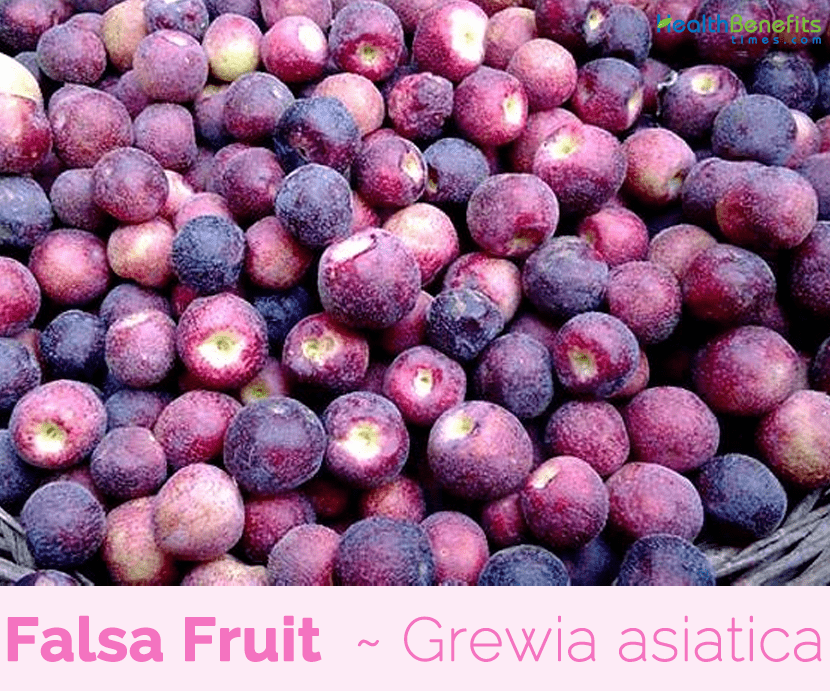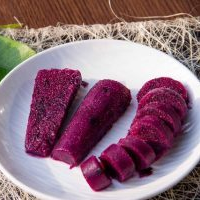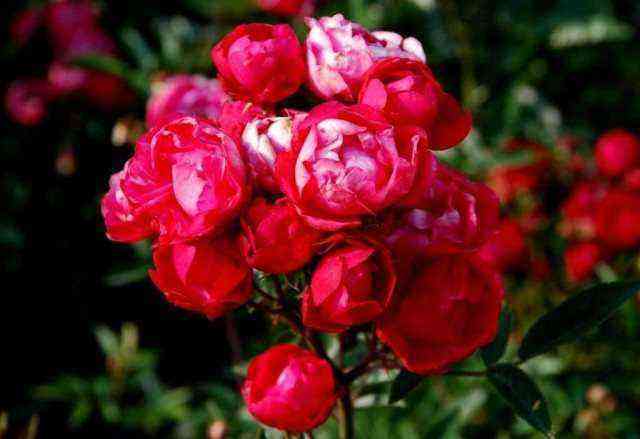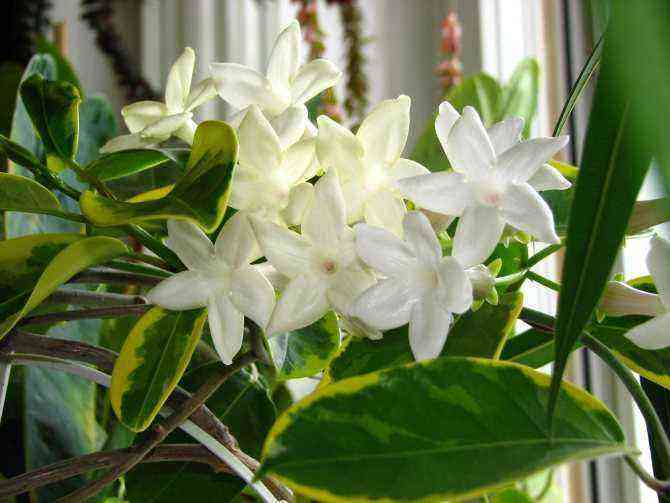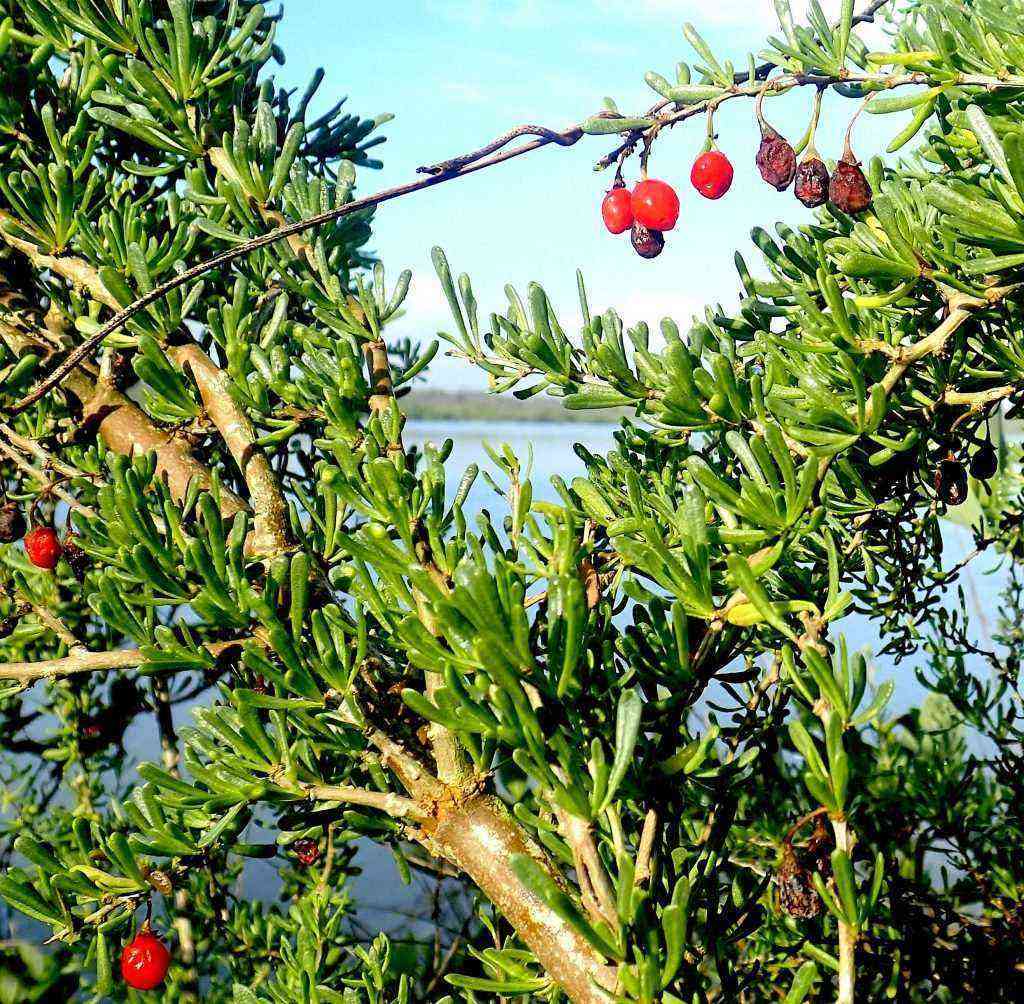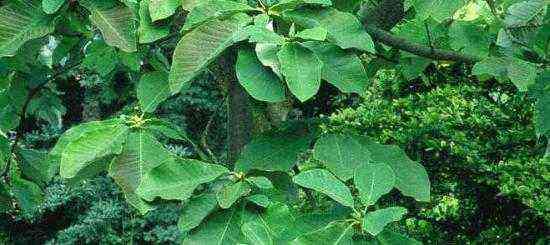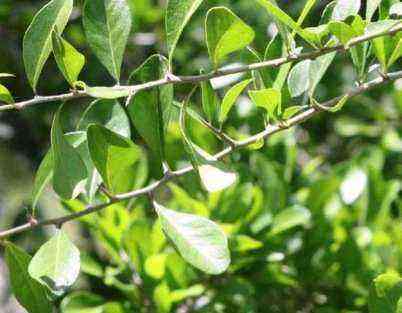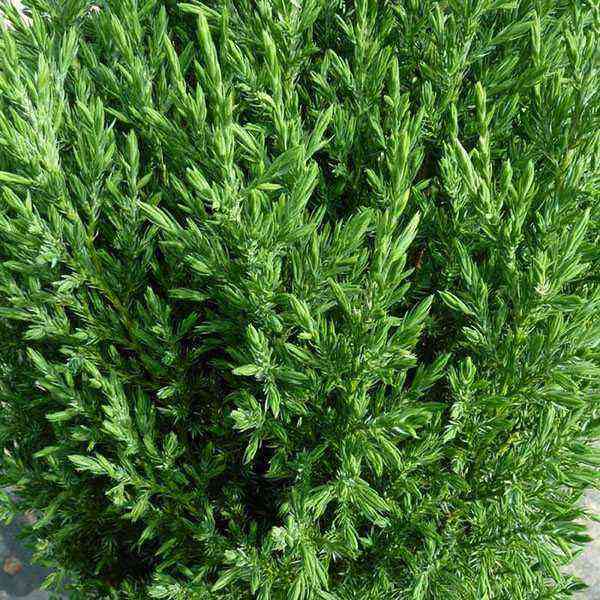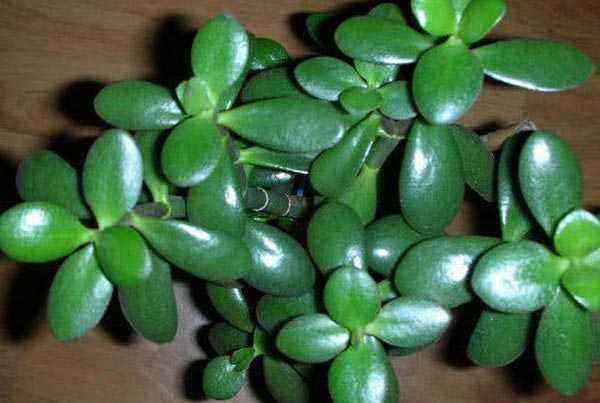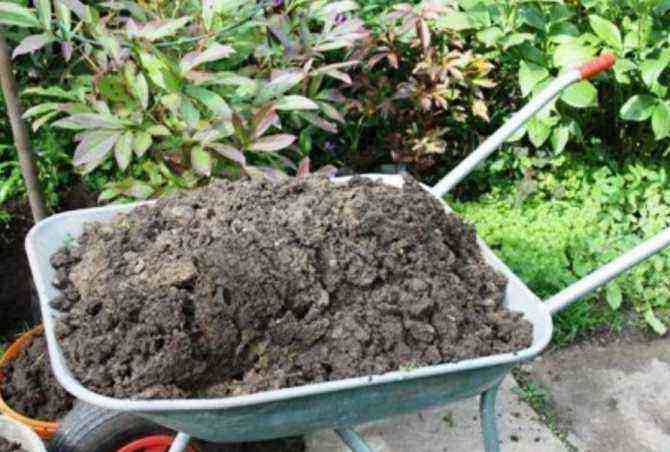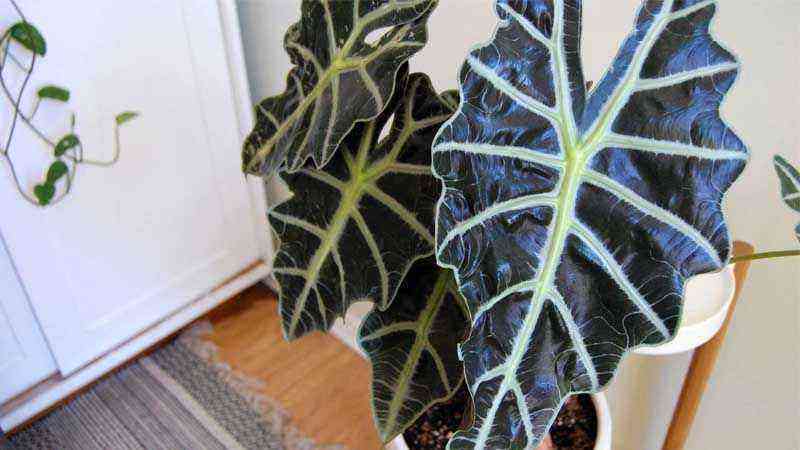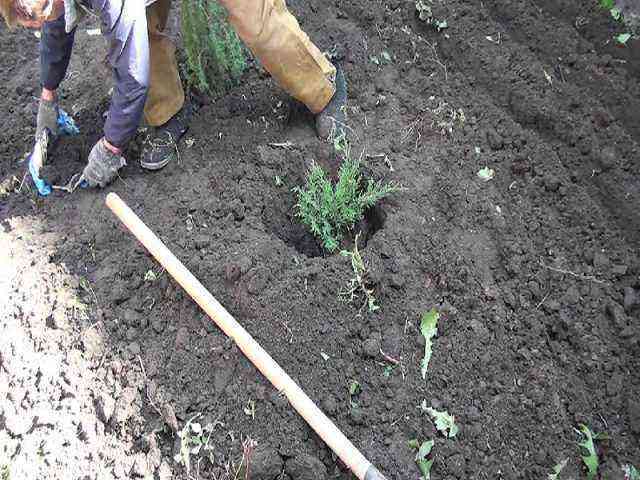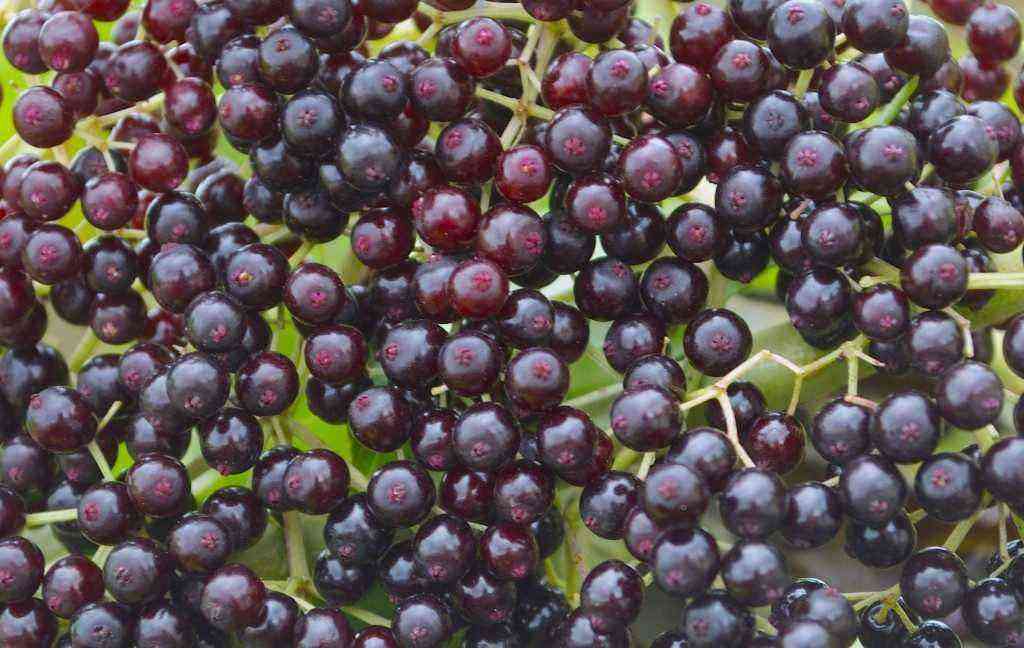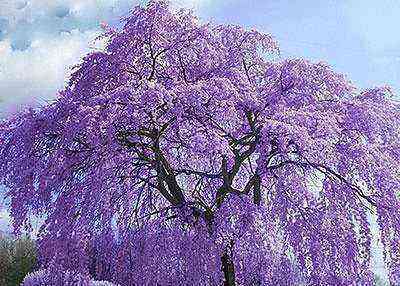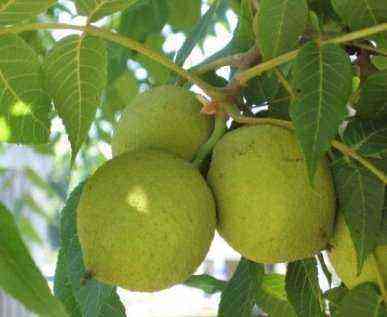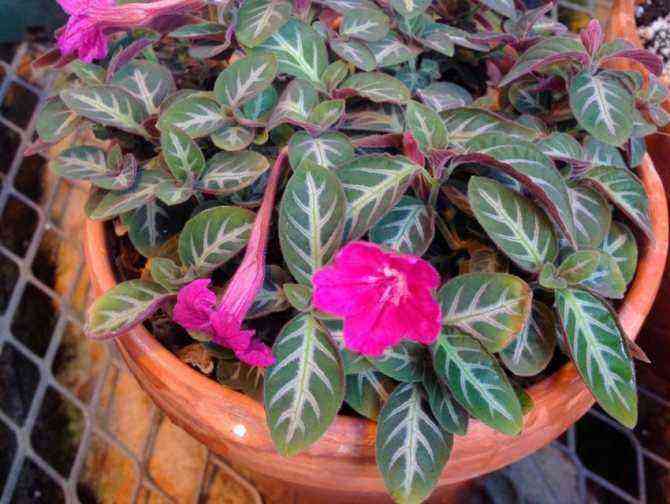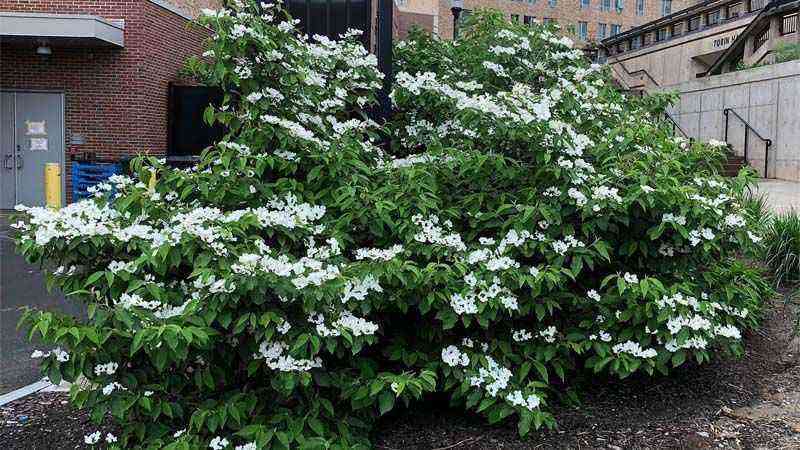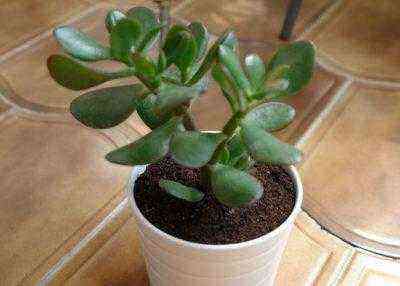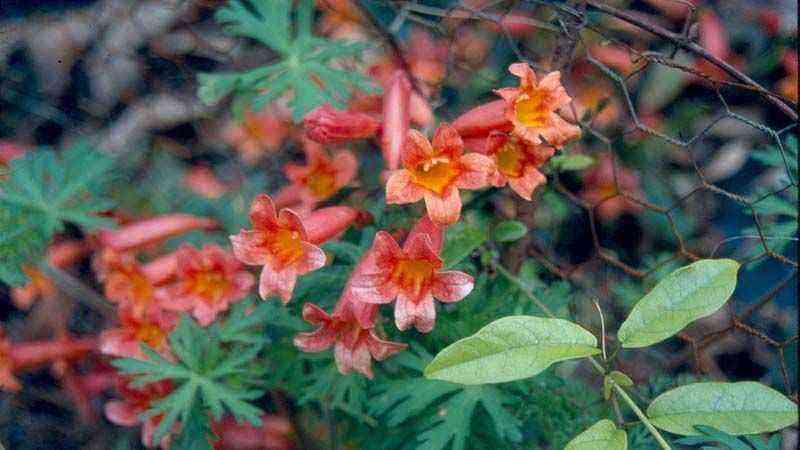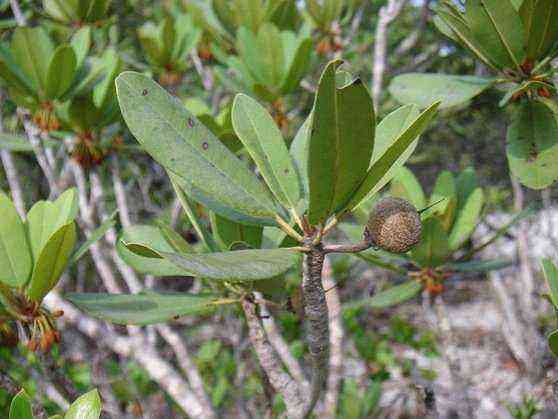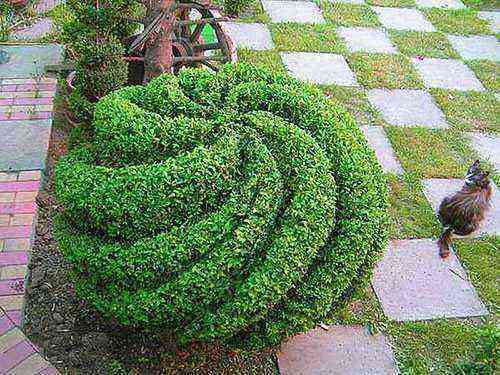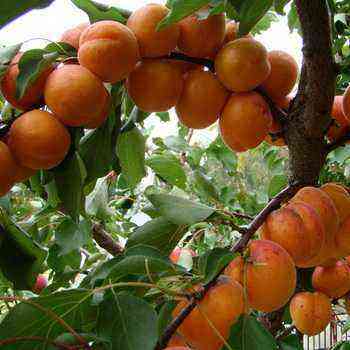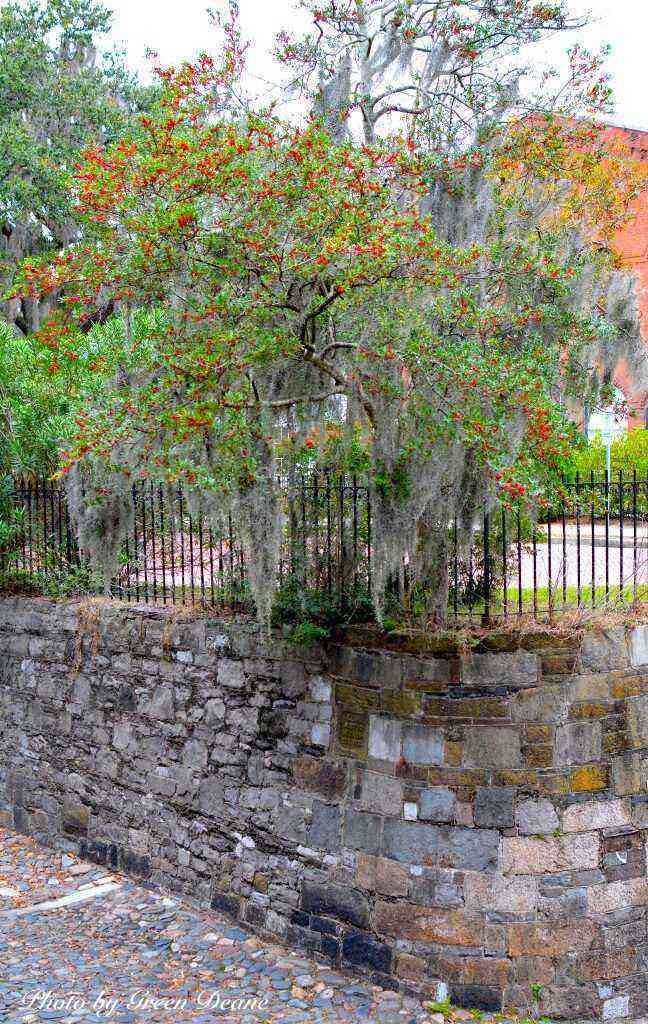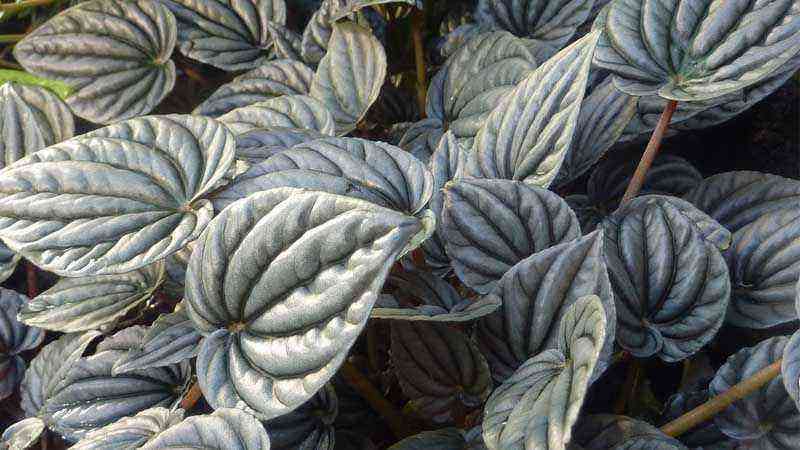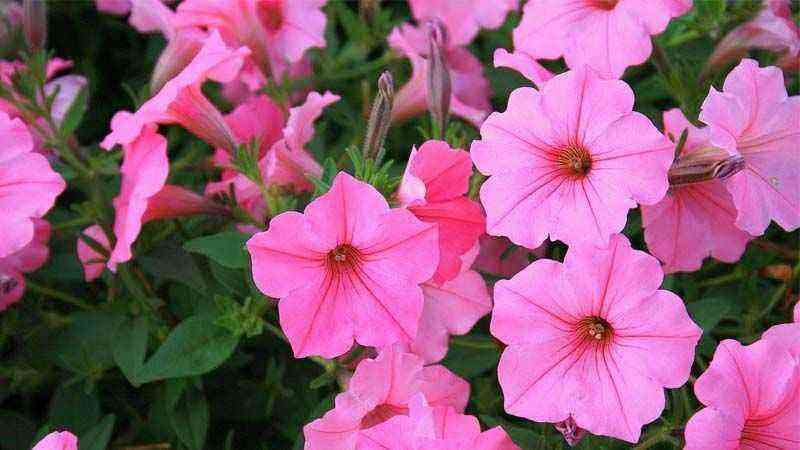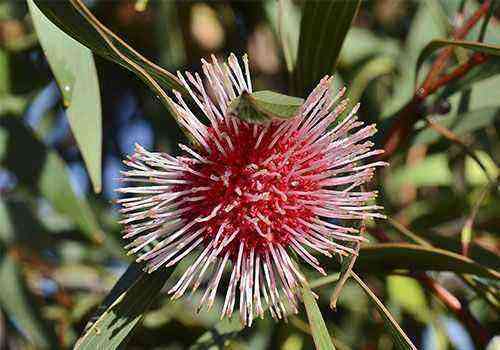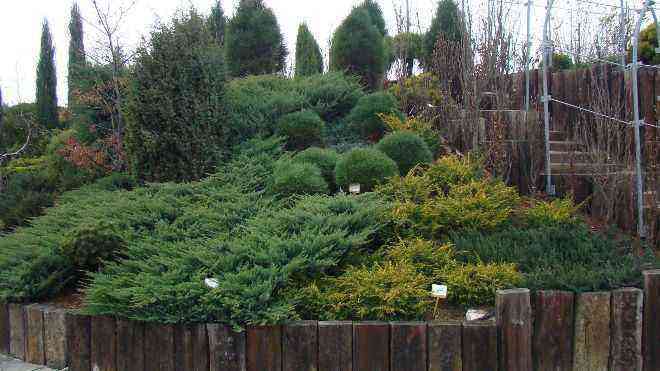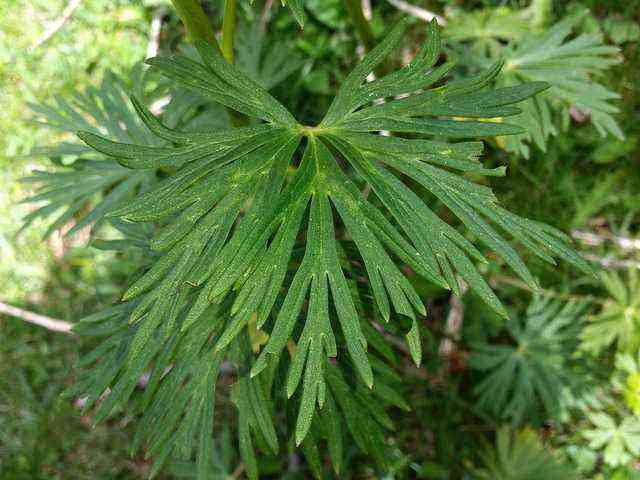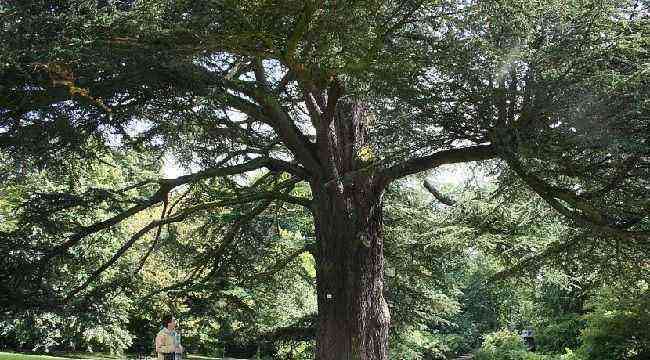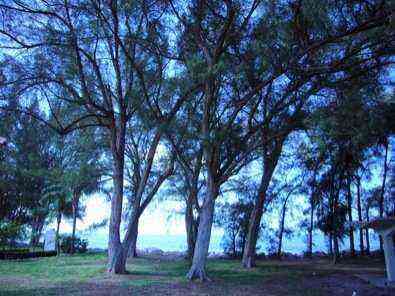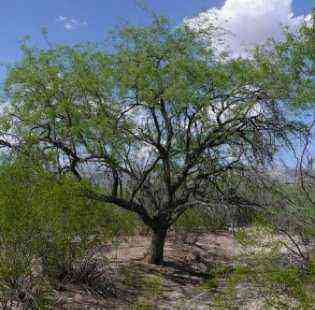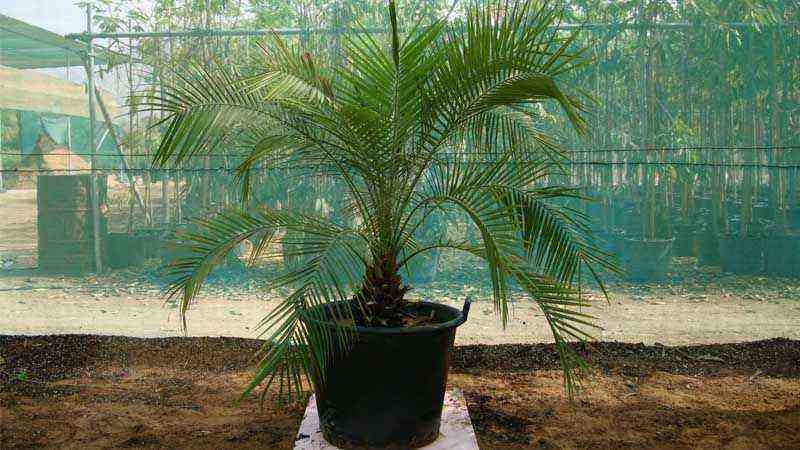| Facts about fruit fakes | |
|---|---|
| Name: | Falsa Fruit |
| Scientific name: | Grewia asiatica |
| Source | Tropical southern Asia from Pakistan east to India and Nepal, Laos, Thailand and Cambodia. |
| Colours | Pale green to yellow, turning from purplish red to deep purple when ripe |
| Forms | Spherical, 1,0 to 1,9 cm in diameter, 0,8 to 1,6 cm vertically |
| Flesh colors | White color |
| Taste | Sweet, sour, bitter and sour taste |
| Essential nutrients | Vitamin B2 (20,31%) Carbohydrates (16,23%) Total Dietary Fiber (14,55%) Calcium (13,60%) Iron (13,50%) |
| Benefit for health | Source of sodium, treats anemia, treats arthritis, treats respiratory problems, builds muscles, prevents diabetes, provides energy, builds healthy bones, treats diarrhea, heals wounds, prevents free radicals, promotes heart health, relieves abdominal pain, acts as an anti-inflammatory .Acts as an antimicrobial agent |
Grewia asiatica, also known as Falsa Fruit, a member of the thilia family, is a small fruit crop grown during warmer seasons and is known to contain cyanidin-3-glucoside, vitamin C, and minerals. The plant is native to South Asia from Pakistan, India in the east to Cambodia and is widely grown in other tropical countries. Grewia celtidifolia was originally considered a simple Phalsa variety but is now recognized as a separate species. Some of the popular common plant names are: Grewia, Falsa, Indian Phalsa, Parsa Phalsa, Phalsa tree and Phalsa berries.. The fruit spoils quickly. Made from fruit syrup so you can enjoy the benefits of the fruit for longer. People consume it as is, adding a little salt and black pepper. It is a natural cooling agent in the human body and is therefore consumed in the summer for its cooling effect. It also has excellent medicinal properties.
Factory Description
Falsa Fruit is a spreading woody shrub or small tree, reaching 8 m in height. It can be trained as a shrub or a single-stemmed tree. In South India, it is an evergreen plant. Works best in areas with regional winters. It grows well on a wide variety of soil types: sandy, clayey, calcareous, but grows best on loamy soils almost at sea level. Stems are hard and brittle, young shoots are stellate, tomentose. The bark on older stems is greyish white or greyish brown, and its long, thin branches are sprawling or curved in nature. Young branches range from smooth and hairless (i.e. glabrous) to densely covered with stellate hairs (i.e. stellate tomentose).
Leaves
Leaves (10-18 cm long and 9-14 cm wide) are arranged alternately along the stems and on short stems (i.e. petioles) 13-15 mm long. They range from cordate (i.e., heart-shaped) or nearly round (i.e., rounded) to oval (i.e., elliptical) or somewhat ovoid in outline (i.e. oblique-ovate). These leaves are dull green and hairless (i.e., hairless) or roughly pubescent (i.e., rough) on top, while their underside is usually dense and softly pubescent (i.e., felt-pubescent). The tips of the leaves are pointed or rounded (i.e., sharp or obtuse), and the edges of the leaves are sharply serrated (i.e., serrated). The leaf blades have five obvious veins that radiate outward from the base (i.e., have a finger-vein), and these veins protrude on the underside of the leaves.
Flowers and fruits
Small flowers are collected in groups in the branching of leaves (i.e. in axillary bundles), each bunch has 2-10 branches (i.e., flower stalks). Each of the branches (1,5-5 cm long) bears three to five flowers on short stems (i.e. pedicels) 10-15 mm long. The flowers are bright yellow or reddish purple, with numerous (50-100) stamens. Each flower has five sepals (7-12 mm long and 2,5-5 mm wide) and five smaller petals (3-10 mm long), both yellow. Flowering occurs in winter and spring (i.e. from July to November).
Small, fleshy fruits (1,0 to 1,9 cm in diameter, 0,8 to 1,6 cm vertically, and 0,5 to 2,2 g by weight) somewhat rounded (i.e., spherical or ovoid ) and look like “berries”, but in fact they are drupes. the edible part of the plant. These fruits change color from light green to cherry red or purplish red, becoming dark purple or nearly black when fully ripe, and their rind is often covered with a thin layer of whitish powder (i.e., they represent the fruit). Fruits are present from late summer to next spring (i.e. March to November).
Ripe fruits are soft and tender, have a sweet and sour sour taste. The taste of grapes. Falsa fruits are consumed fresh with the addition of salt to improve the taste. It is also used to make jams, pies, courgettes, and chutneys. However, it has a short shelf life and is only considered suitable for local marketing. The fruits are said to be beneficial for heart, blood and liver diseases, anorexia, indigestion, thirst, toxemia, stomatitis, hiccups, asthma, spermatorrhea, fever and diarrhea, and are used to treat throat, tuberculosis, and sexual weakness.
History
Falsa Fruit comes from India and other parts of Southeast Asia, including Pakistan, Sri Lanka, and Bangladesh. In the early 20th century, the fruit was introduced to Indonesia and the Philippines, where it has since naturalized. The province of Luzon exhibits an abundance of small purple fruits in lower elevations in arid zones. Today it is an exotic plant in Thailand, Vietnam, Cambodia and Laos.
Health Benefits of False Fruit
Unripe False has one of the amazing health benefits of reducing inflammation very effectively. Thus, it can help with respiratory, heart and hematological inflammatory diseases, as well as with febrile conditions. Falso is often recommended for patients with asthma, bronchitis, colds, coughs and sore throat. Listed below are some of the health benefits of the falsa fruit.
1. Source of sodium
Falsa is considered an excellent source of sodium. Well, it acts as an electrolyte and an essential ion to promote enzyme and muscle function. In addition, it also improves the functioning of the nervous system and is essential for the regulation of blood. Therefore, it is the best option to consume falsa as your number one source of sodium.
2. Treats anemia.
The presence of iron found in falsa fruit helps to treat anemia. In addition, a lack of these nutrients can lead to certain health problems, including chronic fatigue.
3. Treats arthritis.
Symptoms of arthritis include pain and limited joint function. It is also associated with the presence of inflammation. Then, to prevent this disease, you may have to eat the falsa fruit. It is very helpful and helps to treat arthritis effectively.
4. Treats respiratory diseases.
Drinking falsa fruit juice is great for treating respiratory ailments including asthma, bronchitis, colds, and others. Tip: Simply mix the falz fruit with ginger or lemon juice to add flavor. Thus, you will have a glass of a pleasant and healthy drink at the same time.
5. Builds muscle.
Build muscle by consuming false fruits regularly. Thanks to the presence of potassium and protein, it stimulates the muscles and also strengthens the muscles.
6. Prevents diabetes.
Studies have shown that the alcoholic extract of the fruit of G. asiatica has significant hypoglycemic, antioxidant and immunomodulatory effects. The presence of several biologically active compounds in this plant extract, especially flavonoids and phenolic acids, may be responsible for these effects. Hence, the extract should be further explored as a new diabetes supplement with minimal side effects.
7. Provides energy
As mentioned earlier, false is a good source of protein. As a result, with protein, it helps the body get more energy. Then it’s time to say no to weakness.
8. Builds healthy bones.
Due to the presence of calcium in falsa fruits, it is considered to be very beneficial for improving bone health. During this stage, it strengthens the bone and helps to increase bone density.
9. Treats diarrhea.
As stated earlier, falsa plays an important role in the natural treatment of abdominal pain. Hence, it is known that the falsa fruit is also excellent for treating diarrhea.
10. Heals wounds
False fruit leaves are also known to promote wound healing and eczema. Crush the leaves and apply to the skin, leave for a few minutes to take effect.
11. Prevents free radicals
To prevent free radicals from occurring, you may need to eat fruits and vegetables that are rich in nutrients. As such, eating falsa fruit can be one of the best options as it contains really great nutrients.
12. Promotes heart health.
False fruit is said to help relieve swelling. This makes it a beneficial fruit for heart health. Mix a pinch of black pepper and salt with 50 ml of Falsa juice and drink. This prescription may help you with swelling, but it is not a substitute for any medication or doctor’s advice. Therefore, before using it, you should consult your doctor.
13. Relieves abdominal pain.
The fiber contained in the falsa fruit relieves abdominal pain. You can drink falsa juice to relieve stomach pain, nausea, and other digestive problems. Drink falsa juice daily to avoid stomach pain.
14. Acts as an anti-inflammatory agent.
The body needs anti-inflammatory nutrients to prevent certain inflammation, including coughing and sore throat. Plus, eating a lot of falsa fruit helps you get natural anti-inflammatory benefits.
15. Acts as an antimicrobial agent.
Research shows that the falsa fruit is beneficial in preventing the growth of fungus. As a result, the falsa fruit works great as an antifungal and antimicrobial agent, helping to promote body health.
Traditional Uses and Benefits of False Fruit
- The root bark is used by the Santal tribes for rheumatism.
- The stem bark is said to be used in sugar refining.
- The stem bark infusion is used as a sedative.
- The leaves are used as an application for pustular eruptions.
- The kidneys are also prescribed by some doctors.
- The fruit has been used as an astringent, stomachic, and cooling agent in traditional folk medicine.
- In an immature state, it relieves inflammation and is used for respiratory, heart and blood diseases, as well as for fever.
- The fruit has also been beneficial for sore throats.
- The root bark is recommended for rheumatism, and its infusion is used as a sedative.
- The leaves were applied to the skin rashes.
- The seeds of G. asiatica have been used as an anti-fertilization agent and have been reported to have anti-implantation and abortive effects.
- In traditional Bangladeshi folk medicine, the Grewia asiatica plant is commonly used from gonorrhea by the Garo tribe and local folk healers in Madhupur and the Tangail region.
- It is also used to treat lack of appetite, typhus, hyperacidity, dizziness, diarrhea, hypertension, stimulants, anorexia.
- asiatica is also used in India for gonorrhea and as an astringent, sedative for rheumatism, stomach and tumors.
- The bark infusion is believed to help with diarrhea, pain, rheumatism and arthritis.
- False leaves are used in traditional medicine to treat urinary tract infections and sexually transmitted diseases.
- The leaves are believed to have a mild antibiotic effect. Soaked overnight and turned into a paste, they are said to relieve skin inflammations, including cuts, burns, boils, eczema, and pustular rashes on the skin.
- According to a study conducted at the Vinayaka Mission College of Pharmacy in Salem, Tamil Nadu, India, studies have shown that root root relieves pain and inflammation.
- False leaf and fruit extract can act as anti-cancer agents. Studies in mice have shown that pomace or the hard parts of fruits can prevent breast, cervical, and blood cancers.
- The oil obtained from the seeds helps in the treatment of reproductive disorders and fertility problems.
- Falsa removes acne, blackheads, dry skin and treats anemia.
- False juice is also beneficial for sunburn and heatstroke sufferers.
- It is high in vitamin C, which helps with asthma, bronchitis and shortness of breath.
- It helps in increasing stamina, reducing insomnia and depression.
- False juice is a great supplement for people with diabetes.
- The bark of the stem is used to refine sugar.
- The leaves are applied to the skin for wounds and cuts, as well as to relieve irritation and painful rashes.
Ayurvedic health benefits of falsa fruits
- Pain in the stomach : they say that for stomach pain from 25 to 30 ml of falsa juice, added to three gram carom seeds, mix and heat, relieve pain.
- Nausea, vomiting: It is said that for nausea, vomiting and stomach pain, falsa juice combined with a little rose water and sugar brings relief.
- disease respiratory tract : For respiratory ailments and hiccups, warm falsa juice, combined with a little ginger juice and rock salt, is said to provide relief.
- Pain in stomach: sauté 3 grams (about 1 teaspoon) of carom or adjwain seeds. Add 25 to 30 ml of falsa juice (2 tablespoons). Stir and heat slightly. Drink to relieve stomach pain.
- Burning eyes, urine, chest, stomach and sour belching: drink falsa juice daily.
- Weakness in the stomach, nausea, vomiting, and stomach pain: add some rose water to the juice. Add sugar to taste. Drink it daily.
- Weak heart: take 50 ml of juice (about a glass). Add a pinch of rock salt and black pepper powder. Mix well. Add sugar to taste, stir well and drink for relief.
- Weakness of the brain: drink 50 ml (about a glass) of juice every day.
- Respiratory problems, cold problems and hiccups: warm some juice; add a little ginger juice and rock salt. Dink for relief.
- Burning sensation when urinating: take 25 grams of falsa, 5 grams of Amla powder, 10 grams of black grapes and 10 grams of dates. Grind everything except the amla powder. Soak all ingredients in water overnight. Add 20 grams of sugar in the morning. Stir and strain the water. Divide the water into 2 equal parts. Take 1 part in the morning and in the evening.
Culinary use
- Ripe fruits are eaten raw or used to make drinks, pumpkins, sorbets, or jams.
- Sherbet or pumpkin is made from the pulp of a fruit, mixed with sugar, and used as an astringent, gastric and cooling agent.
- A refreshing summer drink made from fruits called phalsai ka sharbat is available in grocery stores and is considered a heart tonic.
Recipes
Phallus Sherbet
Ingredients
- 1 3/4 cups falsa berries
- 3 tablespoons of sugar
- 1 cup ice, crushed
- 3 cups cold water
- 1 lemon
Directions
- Rinse the berries in water. Grind or whisk in a coffee grinder or blender.
- Strain the pulp through a sieve.
- Add water and sugar. Mix well.
- Add lemon juice and crushed ice. Stir.
- Serve chilled.
Falsa Ice Cream
Ingredients
- 500 гр. fake
- 250 гр. sugar / to taste
- 1 / 2 liters of water
Directions
- Wash the falsa berries.
- Soak it in water for an hour or so.
- Add sugar while soaking so that it only dissolves during soaking.
- After an hour, rub the berries with your hands until the pulp is extracted.
- Strain this mixture through a strainer.
- You will have a thick juice.
- Repeat this process twice or thrice, or until you have only seeds left.
- Pour the juice into a mold and freeze.
- If you don’t have mold, you can use an ice cube tray.
Other facts
- They say that ropes are made from the trunk bark.
- Fresh leaves of the plant are used for animal feed.
- The bark was used as a soap substitute in Myanmar.
- A slimy bark extract has been found to be beneficial in lightening sugar.
- The fiber extracted from the bark turned into a rope.
- The wood was used to make bows, spear handles, tiles, and poles for carrying weights on the shoulders.
- The cut stems served as a support for the garden and weaving baskets.
- The wood is used as golf clubs, poles, archery bows, spear handles and singles due to its strong and resilient shape.
- Fresh leaves serve as feed for cattle.
- The yield per plant is also quite low, about 9-11 kg per tree.
